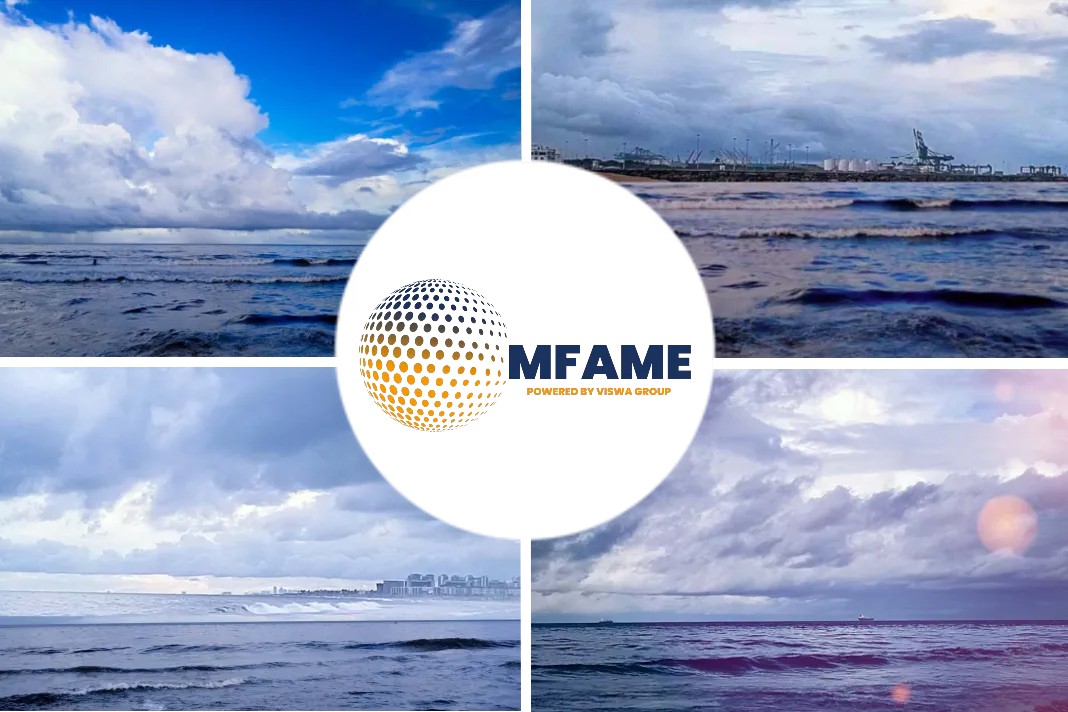Trading activity in the Asian fuel oil market in the week of Jan. 3-7 is expected to gain pace as participants return from the year-end holidays, says an article published in Platts.
ICE Brent
The Asian low sulfur fuel oil market is likely to be supported, if not strengthen, on the back of near-term demand-supply balance, which portend less-than-ample availability as trading picks up for second-half January loading cargoes.
In contrast, the Asian high sulfur fuel oil market is likely to be rangebound due to ample supply amid expectations of a lack of incremental demand.
The March ICE Brent futures contract was trading at $78.09/b at 0300 GMT Jan. 3, down from $79.14/b at 0430 GMT Dec. 31, Intercontinental Exchange data showed.
Marine fuel 0.5%S
During mid-morning Jan. 3 trade, reflecting an optimistic near-term market sentiment, the front of the Singapore marine fuel 0.5%S swaps curve was heard just a touch under the all-time high of $23.50/mt it had reached on Dec. 30.
Singapore-delivered marine fuel 0.5%S bunker premium is expected to be supported at multi-month highs amid thin prompt availability and in anticipation of above-average demand in H1 January, traders said.
The above-average demand for Singapore-delivered marine fuel 0.5%S bunker prior to the year-end holidays is expected to tighten barge availability through early-January, as buyers submitted last-minute inquiries to meet prompt requirements, market sources said.
Bunker suppliers at the Middle Eastern bunker hub of Fujairah also anticipate strong demand for low sulfur bunker fuel in the near term as some sellers had ceased to offer the grade for prompt delivery as the market wound down for the year-end holidays.
Among the North Asian bunker hubs, South Korea’s bunker supply is expected to tighten in January as local production has been declining since December 2021, market sources said.
Hong Kong’s bunker demand is likely to remain weak with the government tightening regulation on bunker-only calls. Hong Kong’s delivered marine fuel 0.5%S bunker premium to Singapore marine fuel 0.5%S cargo dropped to $12.83/mt on Dec. 31, the lowest since Oct. 14, 2021, Platts data showed.
China’s bunker market expects the export quota for Marine Fuel 0.5%S fuel oil for 2022 to be announced soon, sources said, adding that a higher export quota volume is likely to be allocated for 2022 as compared with 2021, when 11.39 million mt of export quota was issued.
High sulfur fuel oil
Reflecting a none-too-optimistic sentiment for the Asian HSFO market, the structure at the front of the Singapore 380 CST HSFO swaps curve was said to be trading at flat to a slight contango as compared with the Dec. 31 close of 25 cents/mt, broking sources said.
Ample HSFO stocks in the city-state is likely to weigh on the bunker fuel market both on a delivered and ex-wharf basis, market sources said.
In Fujairah, firm demand for marine fuel 0.5%S bunker is likely to lift ex-wharf premiums over FOB Arab Gulf 180 CST HSFO cargo assessments for January supply, up from minus $3/mt to plus $3/mt, at which term supply was concluded for December.
Japan’s high sulfur bunker fuel market is likely to be tight until February due to strong demand from power utilities. Market sources said there is little availability left for spot bunker inquiries.
Did you subscribe to our daily newsletter?
It’s Free! Click here to Subscribe!
Source: Platts



















